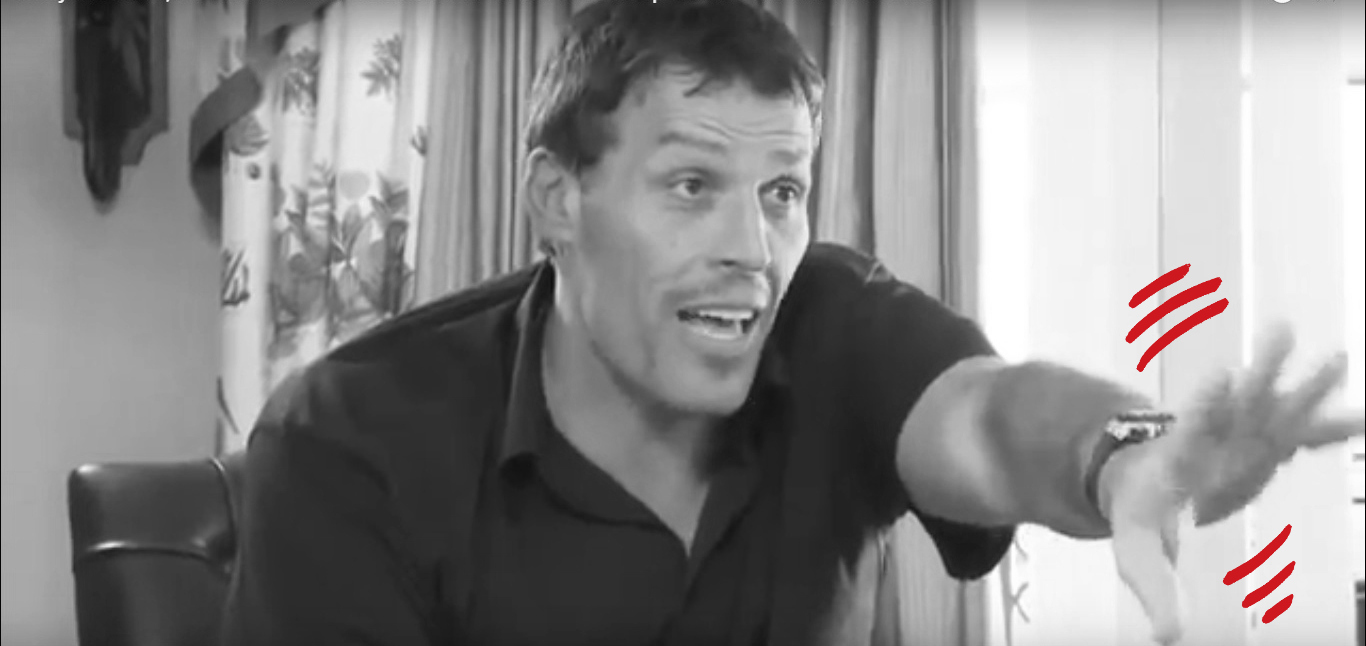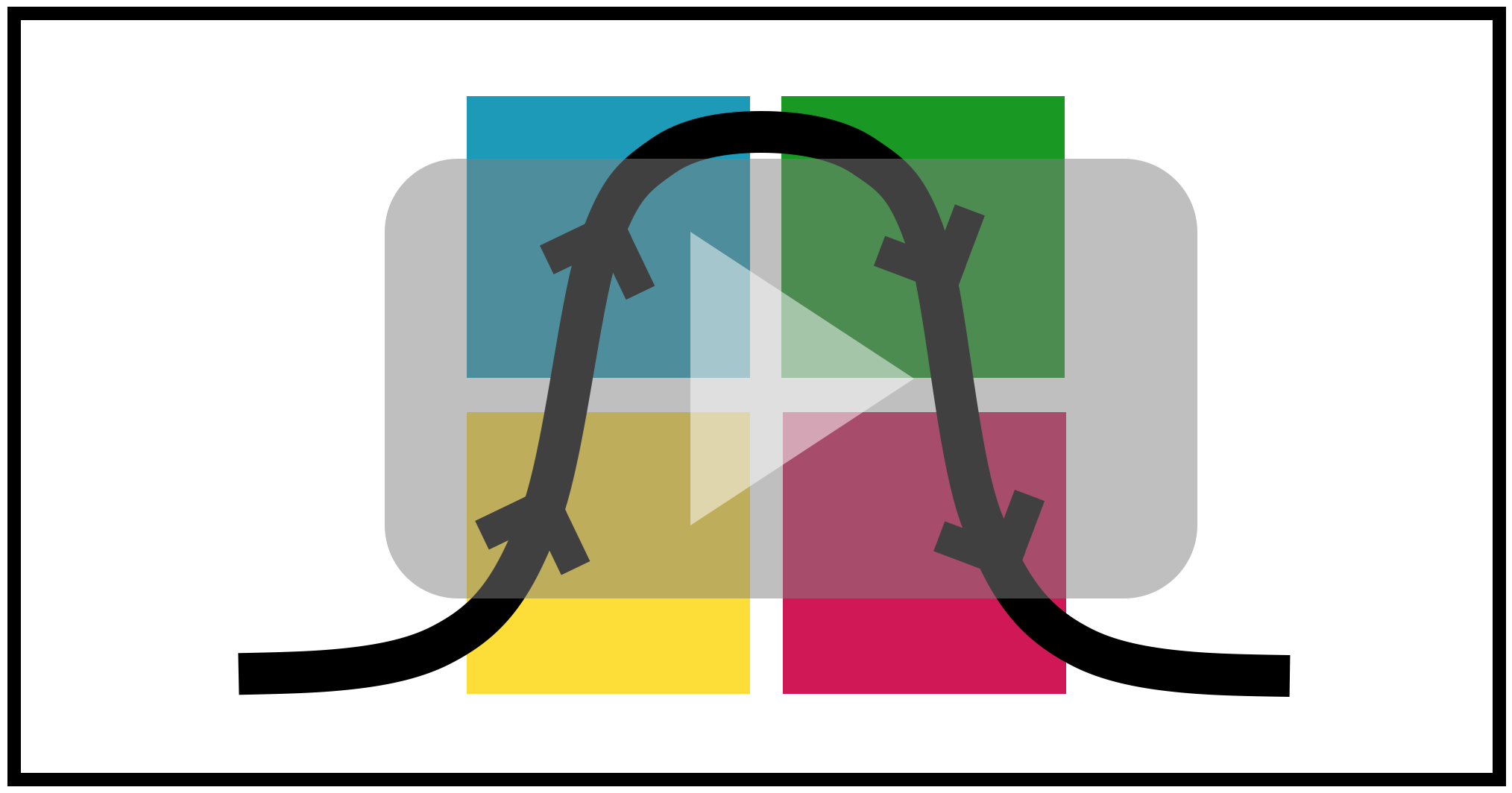
What Tony Robbins gets wrong about teaching
Recently, I was talking to a friend about training. He mentioned a video interview between Frank Kern, John Reese (both internet multi-millionaires) and Tony Robbins (a superstar of the personal development industry and also a multi-millionaire), where they were discussing why most people who buy their online courses or attend their live training events do not implement what they have learned.
The first time I tried to watch the video I was so upset that I had to stop after a couple of minutes. It’s a fairly long interview (around 40 minutes), so here are some of the excerpts from the discussion – before I share my thoughts on this and why I think that Tony Robbins gets this wrong.
John Reese: The big problem in our industry we think is a bit of a mystery […] there’s this large segment of our customers and our market that we’re in that really don’t get results, they don’t do anything or they’re just… for whatever reason it’s not for them. […]
Frank Kern: […] what needs to happen, what kinds of shifts need to happen to get people to follow through? To get people to actually use the product. […]
Tony Robbins: […] you’re not talking about a minor issue; it’s part of life. But there is an answer, because there are people who do follow through. And there are people that never did before and never follow through in their life and now finally they break through. And that’s what I try to focus on in what those people do. […] What do those people need to get started? Why aren’t they starting? We all know the answer – it’s fear. […] The best way to deal with fear is to get a big enough reason, make sure you have to succeed or condition yourself when you see it and feel it so often that you’re certain and you just do it. That’s all it really takes.
Ethics and Responsibility
So there are a few things that really bother me, even make me angry about this line of thinking.
First: The overall tone of the video is quite disturbing. At a certain point, Frank Kern refers to “fat-broke-stupid-sick-and-lazy people”, while Tony Robbins talks about how he told a skeptical participant in one of his courses “You are not skeptical, you just don’t have the guts”. There’s something deeply disturbing about these three multi-millionaires who are denigrating the very customers whose purchases have helped them create their fortune.
Second: While these millionaire trainers and teachers are so busy debating and discussing how their clients should be doing a better job at taking action and following through, they never question their own actions. The issue of “What should we be doing in order to radically increase the number of students who take action and achieve success? “ never even gets raised. Neither of the three men take responsibility for their own part in their client’s failures.
The curse of the training industry ?
They are right about one thing: lack of results is a big problem in the training industry. In fact, I think that the numbers are staggeringly bad. According to the statistics sited in the interview, 72% of the people who’ve bought courses from John Reese take ZERO action in the 90 days after their purchase. So almost three quarters of the clients did not get any results from their training! These numbers are well in line with my own observations in the training industry. And when it comes to long-term benefits from most training, I think that the statistics would look even worse.
In any other industry, these results would simply be unacceptable. Imagine that Apple would sell an iPhone that would work for only 28% of its customers. The other 72% of the iPhones would not even turn on. How long do you think Apple would survive? Would it get away with blaming its customers for “not trying hard enough”?
Yet those are the same arguments and statistics that most trainers find acceptable! Just like Tony Robbins, they shrug and blame their participants.
And the participants accept this and blame themselves for not being able to achieve the results that the trainers have “sold” them.
Reaching students through teaching
Let me put this in another context. Let’s say that you have a young child in elementary school. One day, the teacher spends an afternoon explaining the multiplication table to the class. In a class of 30 children, only 5 kids fully understand the lesson. The other 25 got lost or confused somewhere along in the explanation. Your child is one of those 25 children who did not understand the multiplication table from this single lesson. If after this, the teacher would simply shrug, grumble about the motivation of her students and move on to another lesson – what would you do? How long do you think that teacher would last before getting fired?
Of course, this scenario is highly improbable. The way it happens in real life is that the teacher would take quite some time explaining the multiplication table to the class, going from simple numbers to the more complex. She would supervise exercises in class and give out homework. And a truly outstanding teacher would have the patience, persistence, and compassion to teach until every single student in the class has gained an excellent understanding of the multiplication table.
What is the difference between those two scenarios? It’s all about responsibility.
In the first case, the only responsibility that the teacher has is giving a lesson. The responsibility for understanding and practicing rests wholly on the shoulders of the students. In the second case, the responsibility for learning is shared between the students and the teacher. The teacher is responsible for step-by-step explanations that gradually build knowledge, for supervising in-class exercises, and for assigning homework. The students are responsible for doing in-class practice and for completing their homework.
We see this as perfectly normal for children. Why should the rules be different for adults?
Our responsibility as trainers
Massive success and getting nearly 100% of the adult learners to follow through is possible. I have experienced this both as a participant and as a trainer. And the methods for achieving this are exactly the same as in the second example above: through shared responsibility, which means greater responsibility on the part of the trainer or teacher.
So here’s my hope and my call to action for you as course leaders and trainers: let us show greater compassion and understanding towards our students. Learning is changing, and change is hard. Change is scary. (Yes, Tony gets this right!) So we need to guide our students step-by-step through that fear and towards the rewards of success. Let us not give up on the 72% (or more!) of our students.
Postscript
This article is not intended as an adhominem attack on Tony Robbins, who I know has helped many people. Rather, my intention is to highlight an attitude that is widespread among teachers and course creators -- the attitude of "blaming the student". In addition, because Tony is such a prominent leader within the teaching and training industry, he is a role model to many course leaders. His approach is emblematic of many trainers -- and that is the reason that I used his example for this article.




